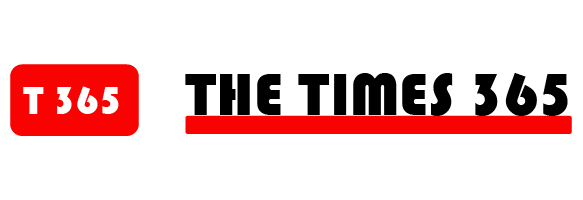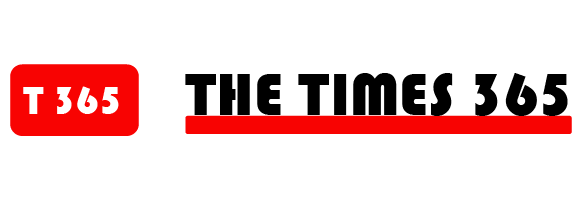The brokerage sector is navigating a volatile market, with the US stock market at 2021 highs (up 5%), arising from high interest rates and economic uncertainty. Amid this backdrop, Robinhood Markets, Inc. (NASDAQ:) has emerged as a standout performer, leveraging its commission-free model to attract a new generation of investors.
Initially pitched at $39 per share, Robinhood surged to $66—a 69% gain—before settling at $49.37 as of April 30, 2025, with a “Strong Buy” technical rating. With a record Q4 2024 net income of $916 million, up from $157-$188 million in prior quarters, Robinhood offers a compelling opportunity for investors seeking growth in the brokerage space.
Brokerage Sector And Its Shifting Landscape
The brokerage sector has undergone transformation since Robinhood pioneered commission-free trading in 2013, a model now adopted industry-wide by competitors like Fidelity and Charles Schwab (NYSE:). High interest rates in 2025 have boosted net interest revenues for brokerages, as they earn more on client cash balances and margin lending, but they’ve also increased borrowing costs, impacting profitability for some.
Retail trading activity has seen fluctuations, with a slowdown noted in 2023, but recent data shows a rebound. Robinhood’s February 2025 metrics report 25.6 million funded customers (up 2 million year-over-year) and Assets Under Custody (AUC) at $187 billion, up 58% year-over-year, reflecting strong growth despite a market downturn.
The sector is also seeing increased crypto trading, with Robinhood’s crypto volumes up 122% year-over-year to $14.4 billion in February 2025, capitalizing on Bitcoin’s surge past $100,000 in Q4 2024.
Robinhood’s Performance: Volatility with Strong Fundamentals
Robinhood has demonstrated resilience and growth potential in a challenging market. Its stock, pitched at $39, peaked at $66 before rising to $49.37 as of April 30, 2025, with a market cap of $43.5 billion. This volatility was driven by a stellar Q4 2024 net income of $916 million, a significant jump from $157 million, $188 million, and $150 million in the prior three quarters, fueled by growth in commissions and client base.
February 2025 operating data further underscores momentum: equity trading volumes rose 77% year-over-year to $142.9 billion, and margin balances increased 129% to $8.7 billion. However, challenges persist—securities lending revenue fell 12% month-over-month, and a $45 million SEC penalty in January 2025 for regulatory violations highlights ongoing compliance risks. Despite a “Strong Buy” technical rating and a price target of $58.18 (17.84% upside), sentiment labels the stock as “overvalued” at a fair value of $39.46, suggesting caution.
Investment Strategy: A Buy with Growth Potential
At $49.37, Robinhood remains a buy, though its “overvalued” sentiment warrants a cautious approach. Its Q4 2024 performance and February 2025 metrics (25.6 million funded customers, 28% annualized net deposit growth) signal sustained growth, driven by a younger demographic (average customer age of 35 in March 2025) and expanded offerings like wealth management and crypto trading.
A 12-month horizon targets $58.18, as per analyst consensus, offering a 17.84% return, though investors should monitor for a potential pullback to its fair value of $39.46. Investors who profited at $60-66 (50-60% returns) can re-enter selectively, while new investors can capitalize on its growth prospects.

Risks to Watch
Robinhood faces risks, including regulatory scrutiny-its $45 million SEC settlement and a pending lawsuit over its deposit sweep program could impact investor sentiment. Market volatility, with major indices like the Dow Jones down 0.75% and down 0.85% as of April 30, 2025, may also pressure retail trading activity, though its diversified revenue streams (67% from transactions, 29% from net interest in Q4 2024) provide a buffer.
Competition from traditional brokerages like Fidelity, which offer more robust research tools, remains a challenge.
Robinhood (HOOD) at $49.37 offers a growth opportunity in the brokerage sector, with Q4 2024 net income of $916 million and strong 2025 metrics (25.6 million funded customers, $187 billion AUC) highlighting its potential. A 12-month target of $58.18 (17.84% return) makes it a buy, though, its still suggests monitoring for a potential correction.






